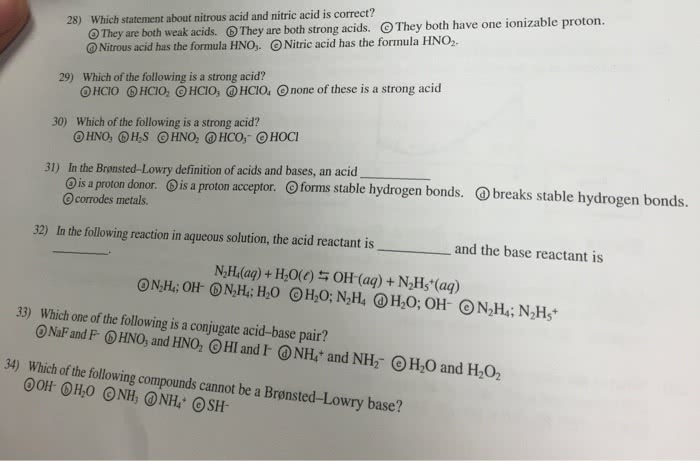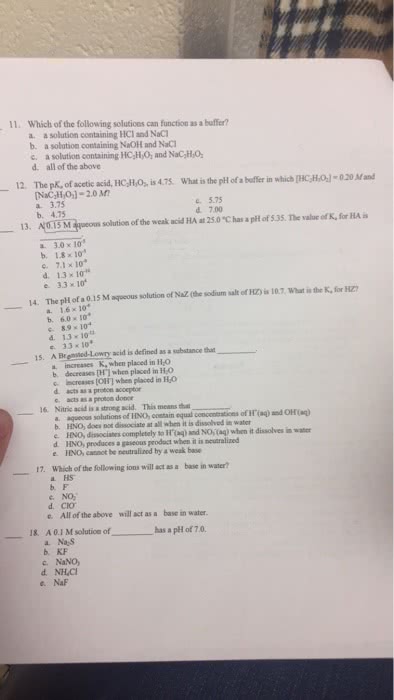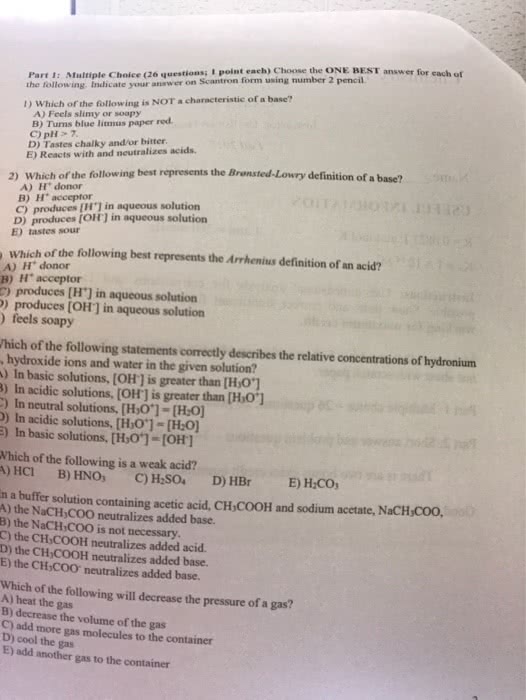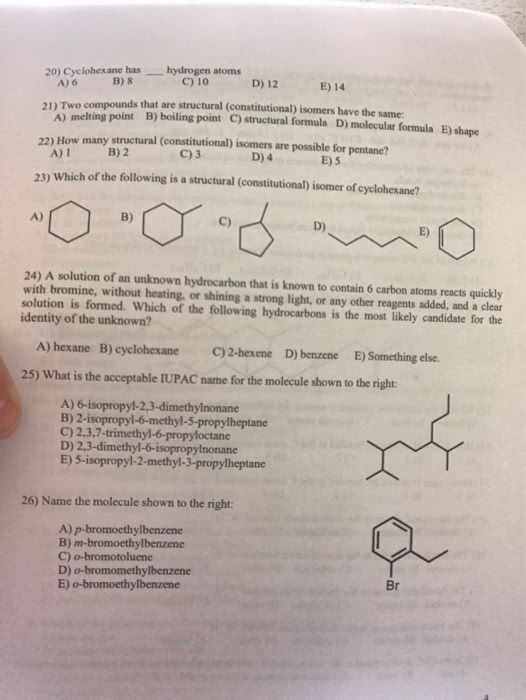CHEM123 Lecture 4: c123-module4-w18-final-annotated-sec-0029
Document Summary
Module 4: acid-base equilibria in aqueous solution page 1 of 40. We will use the bronsted-lowry definitions of acid and base. acid. = proton (h+) donor base = proton (h+) acceptor. According to these definitions, an acid-base reaction is a proton transfer reaction. Here is a simple acid-base reaction that occurs (and reaches equilibrium) in all aqueous solutions. The curved arrows summarize our visualization of how electrons flow to form and break bonds. Which of the water molecules in the reaction above is acting as an acid: the h2o molecule on the left. When h2o accepts a proton, it is converted into h3o+. When h2o loses a proton, it is converted into oh . H2o differ by a single proton and the formulae of h2o and oh differ by a single proton. Species that differ by a single proton constitute a conjugate acid-base pair. H3o+ and h2o form a conjugate acid-base pair. H2o and oh form a conjugate acid-base pair.





